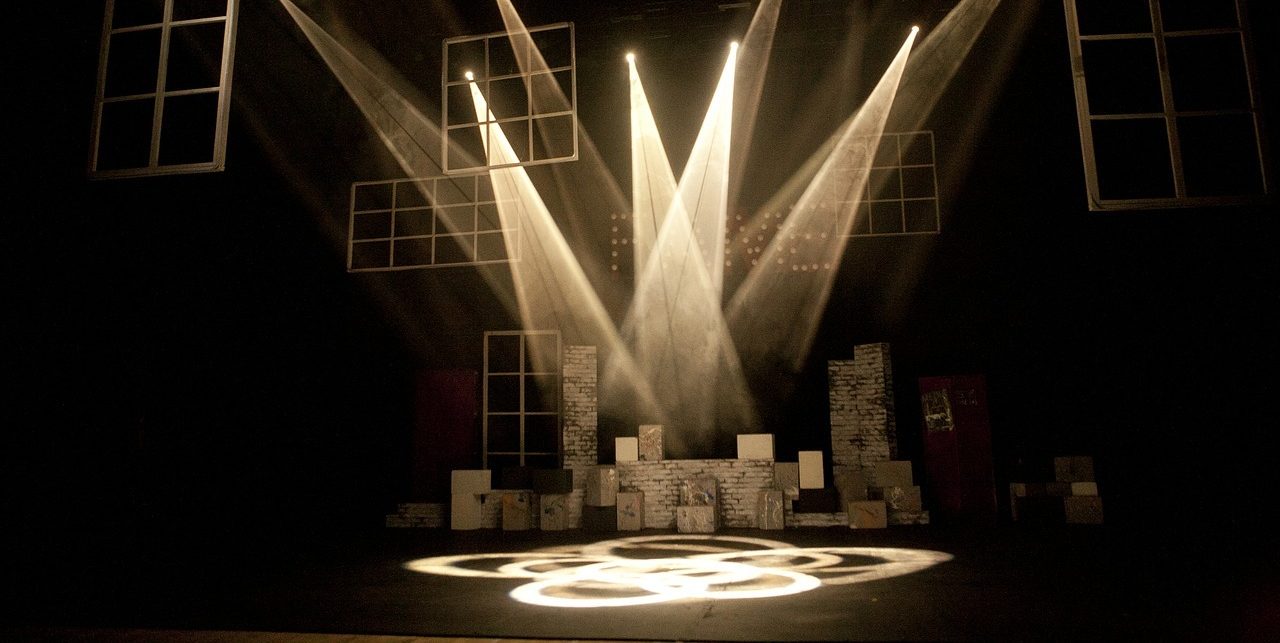The rise of theatre without performers
Rooms is the upcoming piece of theatre by Enda Walsh which promises to be “contemplative and atmospheric”, drawing its viewers into “the highly intimate lives of five individuals”– something made all the more impressive by the fact that the show has no actors. A small audience will be able to explore different rooms as audio plays, rendering Rooms a play with no performers. It is a highly experimental work – Walsh says: “I wouldn’t classify it as theatre, but I don’t know exactly what it is.” Given that theatre is distinguished from other art forms in large part by the energy of live performance, we must ask the question of whether can it be possible to have theatre without performers.
In his 1968 book, The Empty Space, director Peter Brook offered a definition of theatre: “I can take any empty space and call it a bare stage. A man walks across this empty space while someone else is watching him, and this is all that is needed for an act of theatre to be engaged.” If Brook was pitching this as a rule, it was very swiftly broken – the following year, Samuel Beckett debuted a play called Breath. Lasting around half a minute, the show is based around a recording of a breath, which is linked to the intensity of the lighting. The show ends with an exhalation and the lights going out. It was most definitely intended to be performer-less – when critic Kenneth Tynan added a chorus of naked bodies to the show, Beckett threatened to sue him.
Theatre is distinguished from other art forms in large part by the energy of live performance
Similar plays have appeared since – in 2008, Artangel hosted a play called Stifler’s Dinge. It features five pianos stripped of their cases, which are played by programmed arms and hidden electronics. It also prompted debates about whether it should be considered theatre (although it never made any claim to be – pre-publicity termed it a “sculptural installation” and “a series of chain reactions and changing climates of sound, image, text and movement”). The play was written by Heiner Goebbels, a favourite of theatregoers who enjoy the avant-garde, and the work was defined as theatre in Europe with no qualms.
It’s arguable that, if you’re able to physically experience the space, such performances could be considered works of art more so than theatre, but the line is a blurry one and I’m not going to try and define it here. Speaking about Rooms, Walsh asks “why isn’t it a radio play?”, before noting that the space is integral – there is a particular narrative to be found, and the pieces are put in place to enable it to be found. The audience is encouraged to look around the rooms for information and clues, effectively generating the story by their own volition.
If you’re able to physically experience the space, such performances could be considered works of art more so than theatre
This kind of active involvement is to be found in another play coming to London next month. Dismantle This Room is an escape room constructed on the main stage of the Royal Court, centred around the power structures of British theatre – 15 participants have to discover a way out by disentangling these structures. Once again, there are no actors but, according to Ingrid Marvin, one of the show’s creators, “an escape room has everything a good show has: strong narratives, plot twists, a sense of engagement.” The audience members fulfil a dual role – they are watching the play, but the play is also driven by their own performance.
Can you have theatre without performers? In certain circumstances, the answer is obviously a no – musical theatre is never going to be person-less, I expect. But some of the experimental theatre I have discussed is attempting to push the boundaries, highlighting that the use of performers isn’t necessarily the only way to engage audience attention. Interactive theatre necessitates the involvement of an audience in a way that traditional theatre doesn’t and, although it is mainly experimental at the moment, perhaps this could be the form theatre takes in the future. Brook’s definition involves an empty space and a watching audience – who knows what theatre could become with a carefully-constructed space and an involved audience?

Comments